1/2 Reichstaler 1621,
under Wilhelm V of Hesse-Kassel as administrator.
Condition: ef+
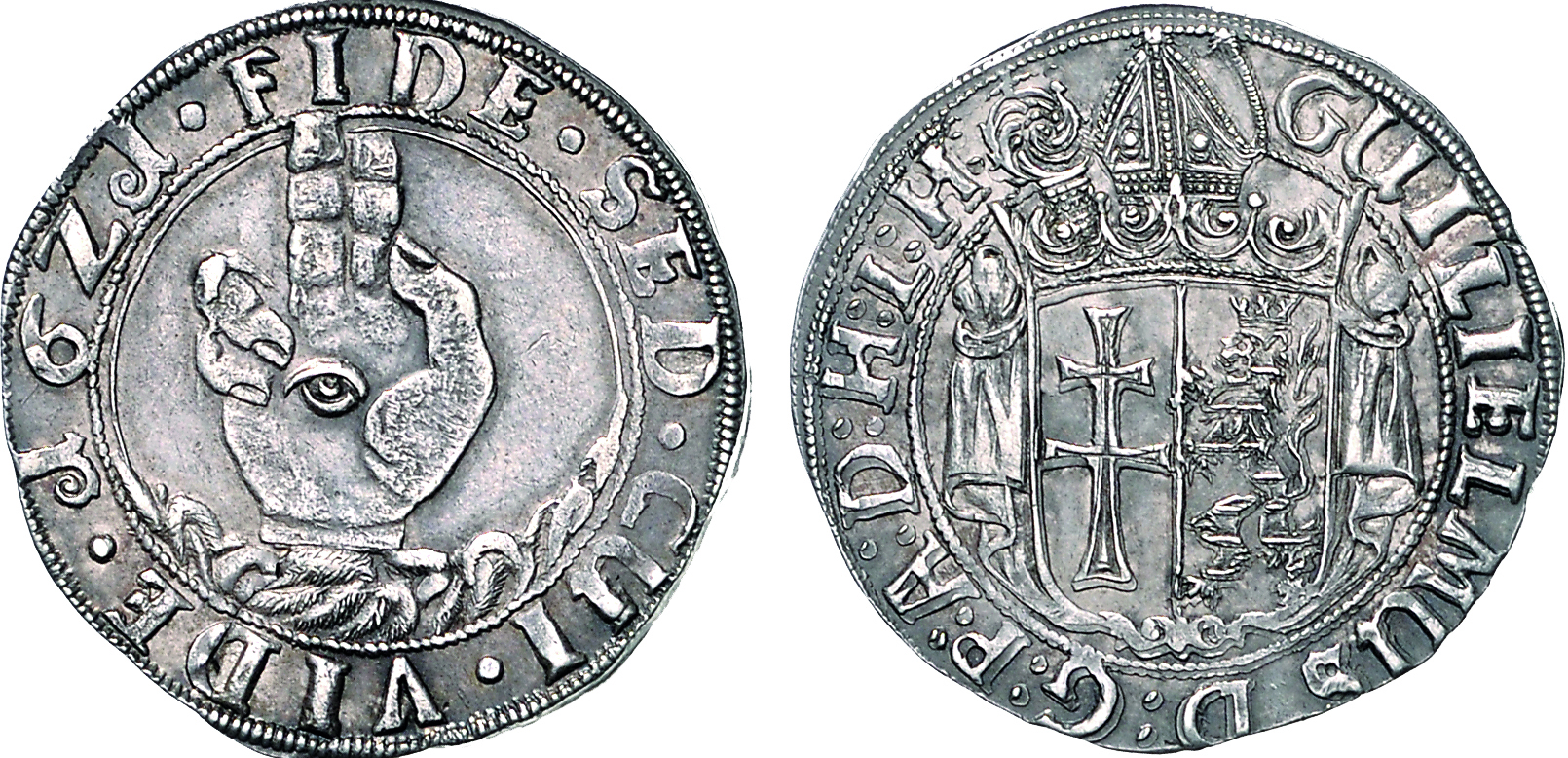

city of Besançon,
3 Pistols 1666 with title Charles V.
Condition: CH UNC
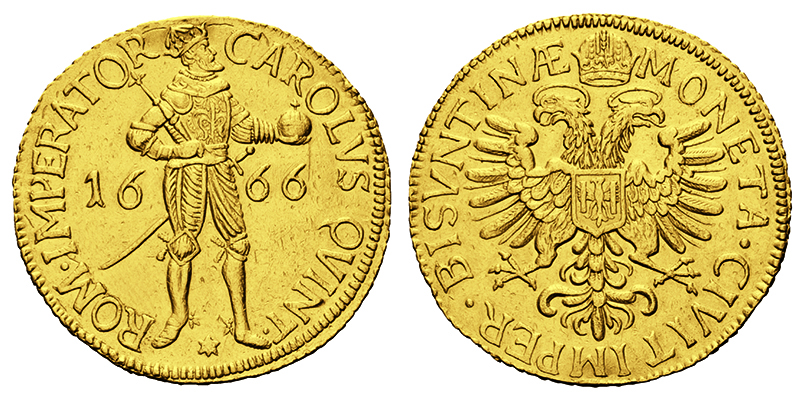
Bavaria, Chaise d'or (imperial shield)
1328-1347 under Emperor Louis IV.
Condition: ef

Reichstaler 1654-1668
under Count Guidobald von Thun.
Condition: vf-ef
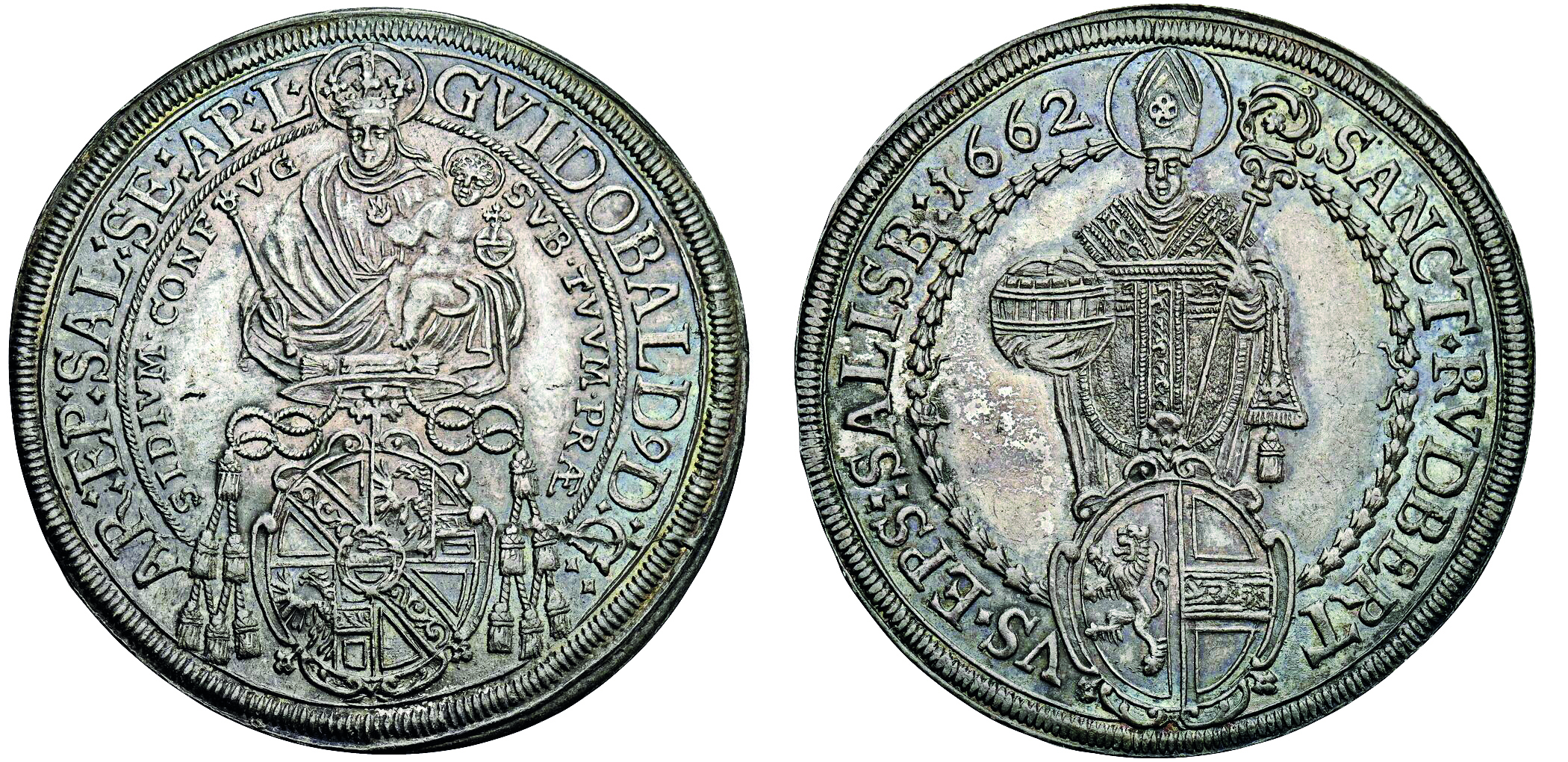
Solidus (491-518)
under Anastasius the righteous.
Condition: vf-ef

Archive: People and Markets
CoinsWeekly Special Issue for the Evento Numismático International Madrid 2025
On the occasion of the 2025 Evento Numismático International in Madrid, we are once again publishing one of our printed CoinsWeekly Special Issues, this time in Spanish. Read all about the Traveling Emperor Hadrian and his coinage.
RPC Volumes V.2 and V.3 Now Available Online
The Roman Provincial Coinage project now published RPC volume V.2 and V.3 online. They cover all Roman provincial coinage issues from Pertinax to the death of Macrinus (AD 193-218) in all the Eastern provinces of the Roman Empire. This includes 11,000 type descriptions and over 45,000 coins from 317 cities!
Archive: Coins, Medals and more
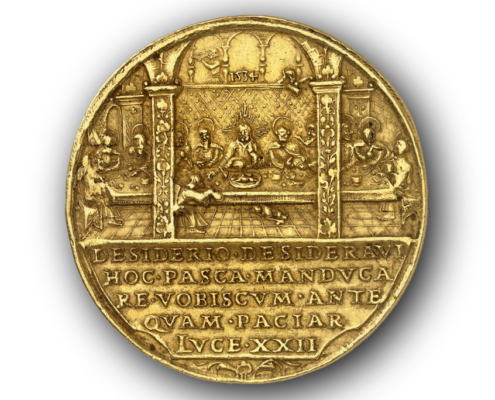
Joachimsthal and the Reformation
On 29 January 2025, Künker will auction a series of valuable Renaissance medals. They feature biblical topics and were minted in the region of Joachimsthal to spread the teachings of the Reformation. Johannes Mathesius, the author of Luther’s Table Talk, may have been at the origin of some of the motifs.
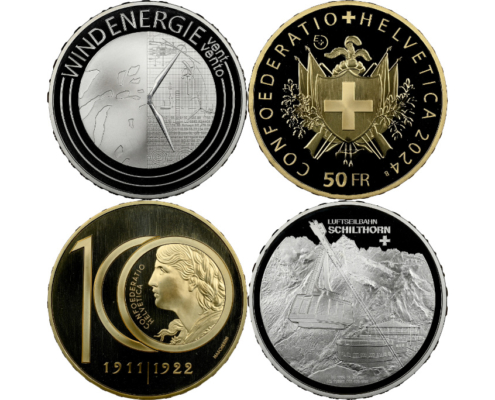
Swissmint Patterns at Numismatica Genevensis SA
Numismatica Genevensis will offer Swissmint patterns at auction on 9 and 10 December 2024. Some of these patterns belong to a commemorative coin that will not even be released until 2025. All of these patterns are true rarities – ranging from unique to a maximum of four pieces in existence!







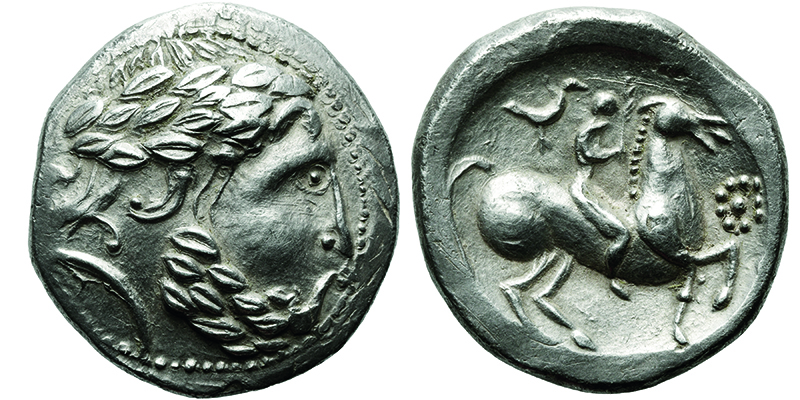

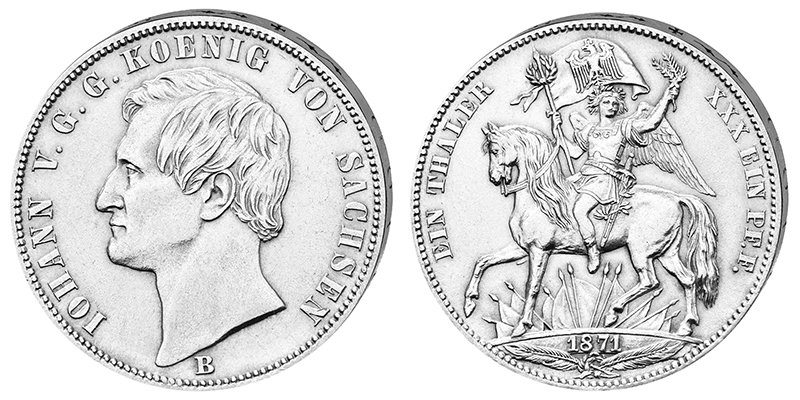
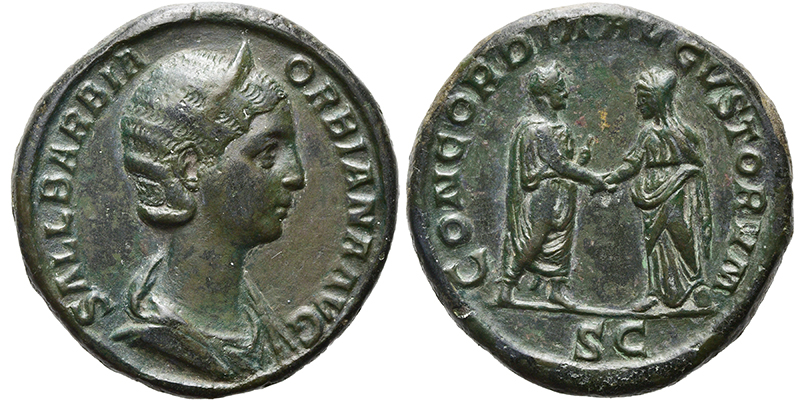

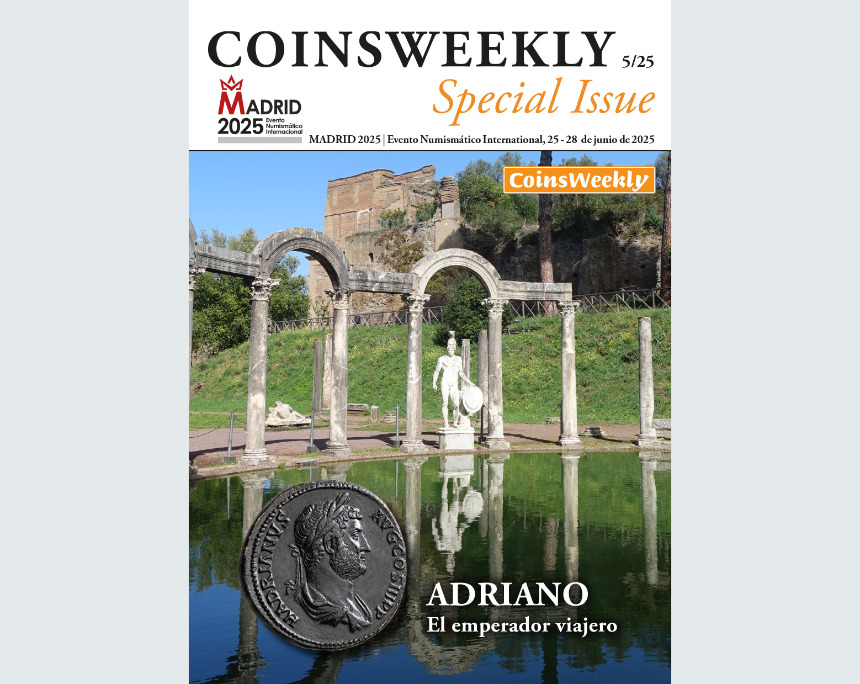


Bulgaria and the Euro: the Current Situation
The plan was for Bulgaria to become a member of the eurozone by January 2024. However, this timeline will not be met. Find out more about the state of negotiations and the motifs that will be depicted on future Bulgarian euro coins.
How the Romans Made Counterfeits
Counterfeits have been around in ancient Roman times, too – usually, they were cast from a copper-tin alloy. Researchers at the University of Tübingen examined the counterfeiting process and reconstructed it experimentally. A video documents their experiment.